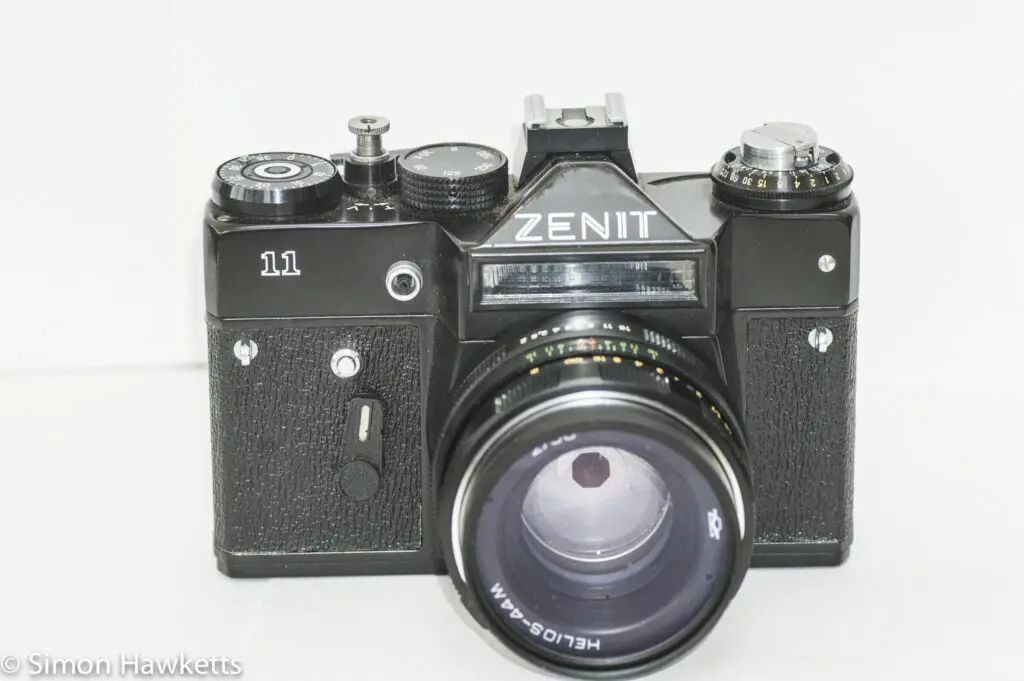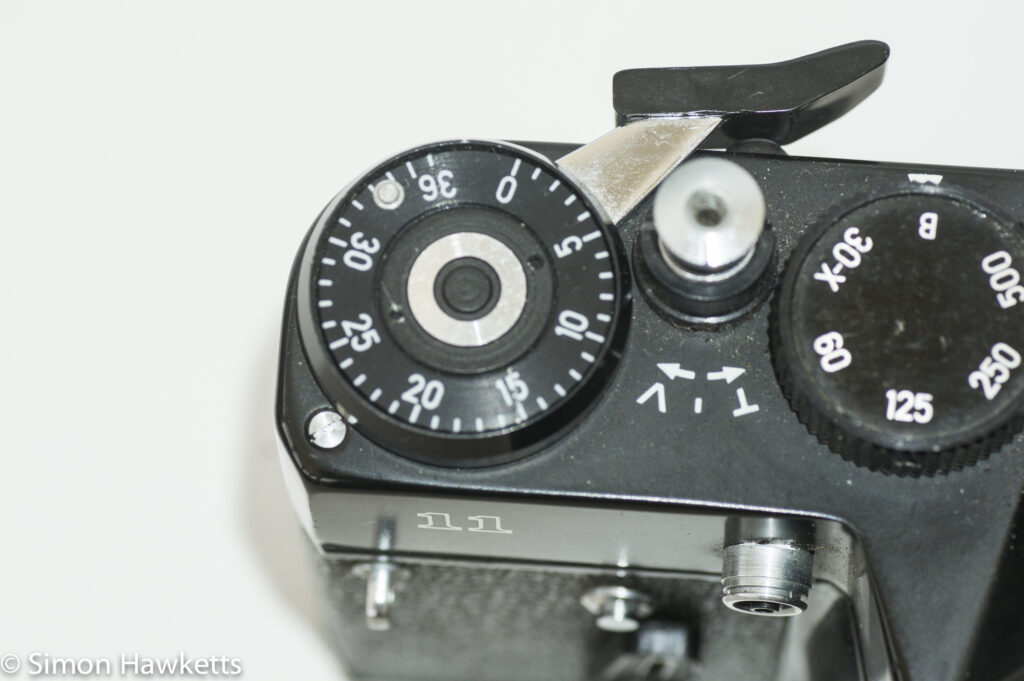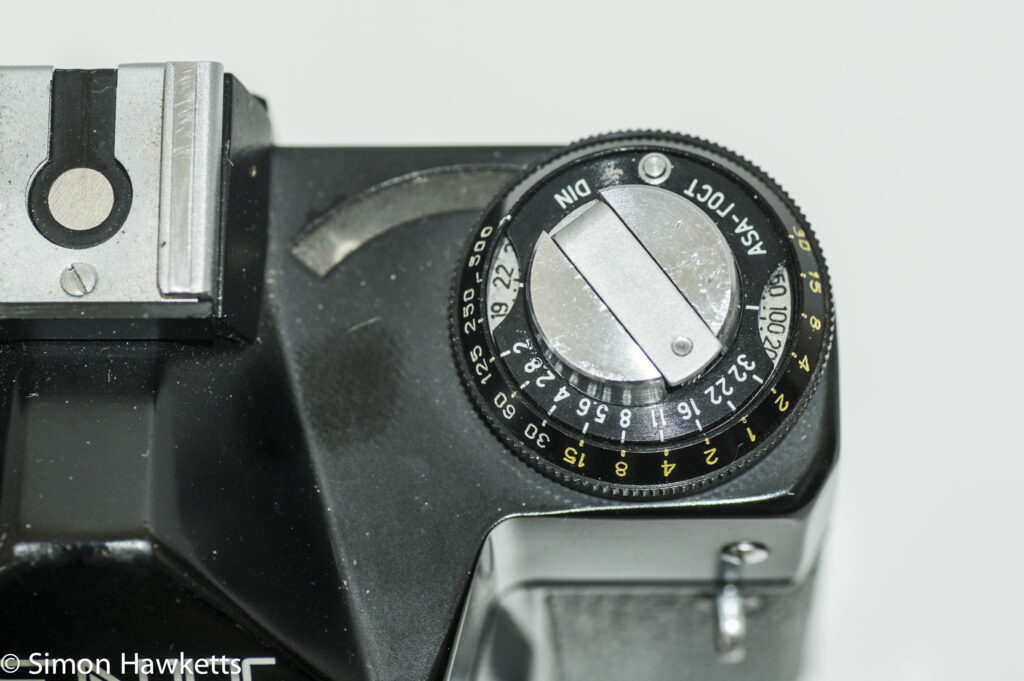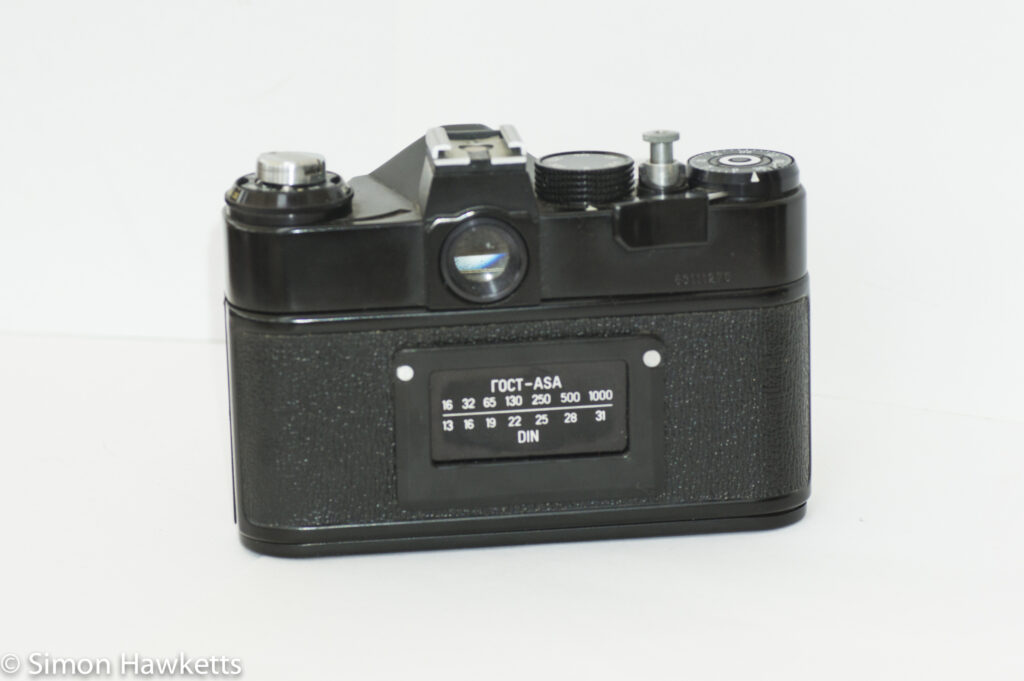Zenit 11 and Zenit EM 35 mm SLRs
These Zenit EM & Zenit 11 cameras are a new addition to my camera collection. I bought them primarily for the Helios 44M lens which was attached to each, however they are still historically of interest to me because the first ‘proper’ camera I owned was a Zenit E, and my Dad had one for a long time too.
Zenit EM & Zenit 11 Images
























Although these cameras are slightly different from the Zenit E I owned, the differences are fairly minimal from memory. I certainly remember the substantial ‘clunk’ as the shutter is released and the weight of these beasts!
In terms of these two cameras the Zenit 11 seems slightly more ‘feature rich’ than the Zenit EM.
The 11 has a hot shoe fitted and a slot on the back where you can put the index card from the film fitted to the camera. It also has a slightly nicer shutter adjustment dial and the addition of a second tripod bush on the bottom of the camera only slightly off-centre. If that sounds a funny thing to write, it’s nothing like as funny as designing a camera with the tripod bush mounted on one side, but that is exactly what both these cameras have – a tripod bush under the film advance lever!
One slightly rare feature of the Zenit EM is that it is an Olympics special version with the 5 inter-joined circles on the prism housing. Mind you, having written slightly rare, I’m not sure if it is – there seem to be plenty on eBay with that insignia, so perhaps there were a lot made.
Zenit 11 & Zenit EM Description
I’m going to write one description for both cameras because, as I’ve implied above, they are more similar than different.
They are 35 mm film SLRs of a fairly basic design.
There is an in built light meter for measuring exposure, but it isn’t a through the lens recording of light – this is simply a selenium cell fixed above the lens mount and a dial fitted around the rewind crank. To make a reading you point the camera at the subject and then turn the dial until a small circle lines up with the meter needle. You can then read the exposure from the scale fitted above the dial and apply those settings to the shutter/aperture. It’s a simple system, but from what I remember it was remarkably effective and easier to use than having to carry a hand-held light-meter.
The range of shutter speeds is limited to B, 1/30, 1/60, 1/125, 1/250 & 1/500 with flash sync is at 1/30. With today’s camera’s offering typically from several seconds to 1/4000 or 1/8000 that seems a very limiting range of values, but again at the time it seemed fine. I remember that I always thought I could freeze motion at anything over 1/125 !
Both cameras have essentially the same focusing screen fitted which consists of a matt Fresnel screen with two circles in the centre to assist but no split rangefinder style circle. The eyepiece has a knurled ring round it to allow it to be corrected for the user’s individual eyesight. On my EM model there is a slightly darker brown line down the middle of the focusing screen which I think may be inside the prism housing. I certainly can’t see anything on the mirror or the focusing screen itself.
Both cameras have automatic lens aperture stop down, provided by a metal bar which pushes the pin on the lens as the shutter is released. This mechanism also allows the lens to be stopped down as the shutter button is half-pressed.
Other features which are essentially the same are the frame counter round the film advance lever, a self-timer fitted to the front plate, a flash sync socket fitted at the top of the front plate and strap lugs fitted to the front.
In all these are simple cameras and not at all sophisticated, but they are an important part of camera history. There are innumerable photographers today who started their photographic careers with a Zenit because they provided good quality and a reasonable feature set at a very reasonable price. I certainly count myself in that band and I know my Dad did too.
The manual for the Zenit 11 is available on-line here and the Zenit EM is available here.
Discover more from Everything Vintage
Subscribe to get the latest posts sent to your email.







